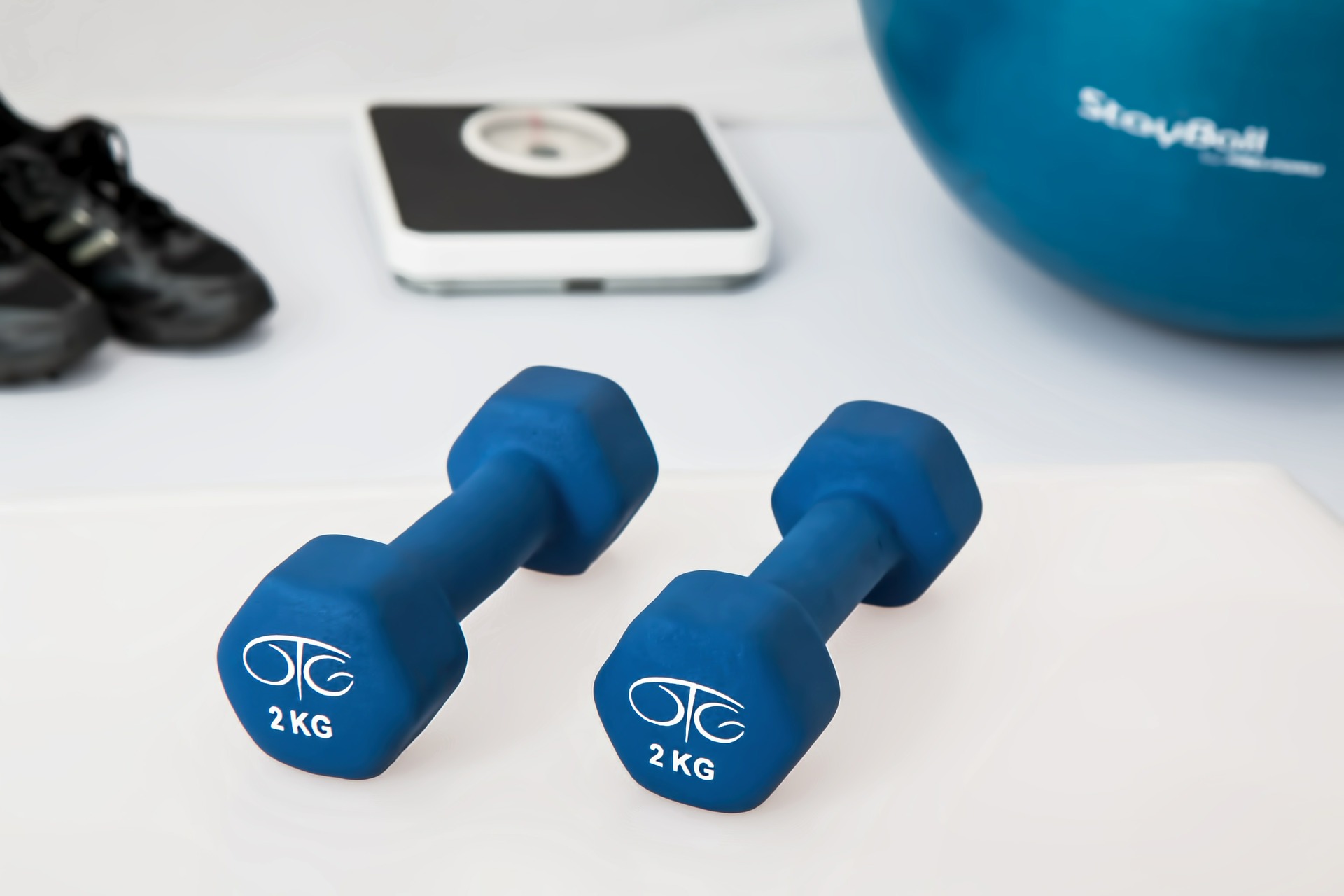
Staying active when struggling with a disability can seem like a daunting task, and for some it is. Everyone’s disability is specific to them, and some have an easier time getting up and getting out than others. Those with disabilities can suffer from lack of motivation, fear of injury, or overwhelming fatigue and/or pain. It’s important to know, however, that many of these barriers can be overcome with enough persistence and know-how.
The “I’m scared of hurting myself” barrier
The fear of injury can be magnified in those with disabilities, as many feel their bodies are not up for the task of exercise.
To get over this fear, you need to start slow and focus on low-risk activities. Don’t jump into a high-impact activity before first testing the waters with some basic exercises. It’s also vital that you practice proper warm-ups and stretching.
“Warm up with a few minutes of light activity such as walking, arm swinging, and shoulder rolls, followed by some light stretching (avoid deep stretches when your muscles are cold). After your exercise routine, whether it’s cardiovascular, strength training, or flexibility exercise, cool down with a few more minutes of light activity and deeper stretching,” says Helpguide.org.
If you’re worried about hurting yourself and having nobody around to help, or can’t seem to take the first step due to a visual impairment, you can consider options like a service dog.
The “I don’t even know where to start” barrier
If you’re currently inactive, beginning a new physical activity, sport, or exercise regimen may seem overwhelming. Where do I even start?
The answer to this is you just start. Slowly. Start with just a few minutes of low-impact physical activity – walking, stretching, yoga, etc. It may sound trite, but that 1000-mile journey really does begin with a single step.
“Don’t jump into an intense, structured adaptive physical fitness exercise program right away. Instead focus on bringing a small amount of physical activity into your life each day. Remember, physical activity doesn’t need to be strenuous to improve your health, and even brief periods of moderate activity will help,” says Family Friendly Fun. “If you’re currently inactive, begin with five to 10 minutes of physical activity and increase the time as you progress. By slowly increasing the duration, intensity or frequency of the activity, you can achieve greater health benefits and increase your metabolism.”
The “exercise is boring” barrier
One of the most common barriers to physical activity for those with disabilities is boredom and the feeling of being limited in their exercise options. This is also one of the easiest to overcome.
There are plenty of exciting activities that you can do, even with a wide range of disabilities. Exercise should not be limited to walking, wheelchairing, weights, and stretching. Try aquatic exercise. The pool has many benefits, mainly the fact that it turns every workout into a low-impact workout. If you think you’d enjoy it, look for an accessible indoor pool in your area.
If you’re bored by working out alone, you can join a rec league or gym class. Group fitness is a great way to keep yourself motivated. Adaptive sports like wheelchair basketball, volleyball, and handball are also a fun way to get your daily exercise.
And if you’re the adventurous type, there are plenty of assistive technologies to help you do things like ski, surf, sharpshoot, and sail. Getting your exercise by participating in a specific sport or activity is the best way to make sure it stays fun.
Photo Credit: Pixabay.com
